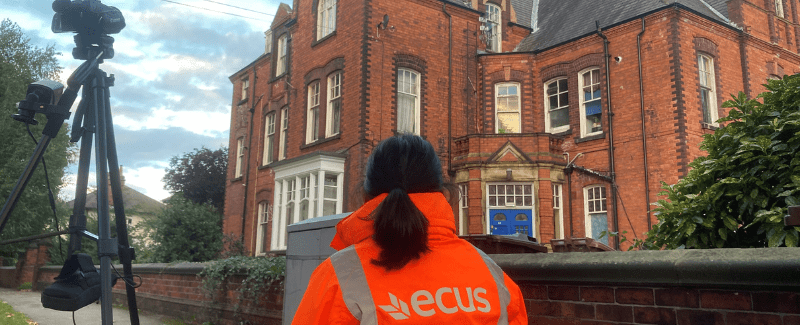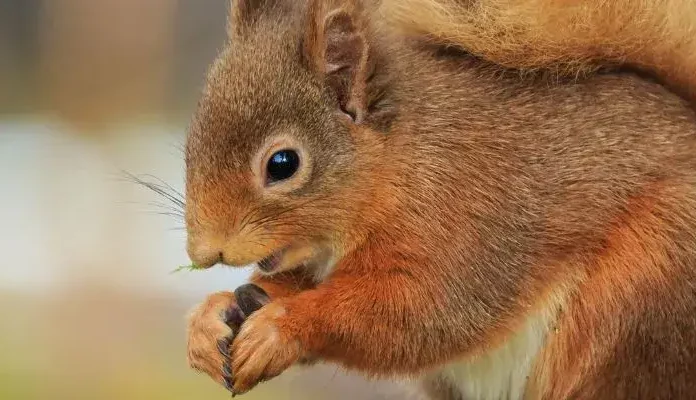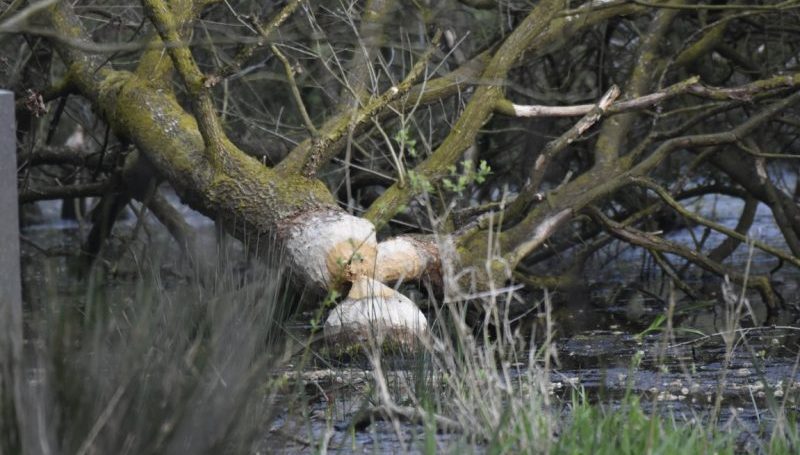Bats face many threats including habitat loss, pesticide use and climate change. With around 24% of the world’s bats considered critically endangered, endangered, or vulnerable, it is important to act and do something positive for bats.
All bats are protected in the UK and it is illegal to carry out work without an appropriate licence that disturbs, injures or kills bats, that destroys or disturbs their roosts, or that obstructs their access to sheltering places. This means that a large part of our ecologists’ work throughout the year is based around conducting nocturnal bat surveys to determine if and how bats are using a site for roosting, in addition to surveying for foraging, commuting bats, and hibernating bats.
Building assessments can be done year round, however nocturnal bat roosting surveys have an optimal survey period between May and August. During this survey period in 2022, our ecologists undertook over 1,500 nights’ worth of surveys across the country, discovering the roosts of six of the 18 bat species resident within the UK. These roosts were found in a variety of locations, from power stations in Scotland, to trees in Devon and everywhere in-between.

Our surveys found roosts in all manners of places, and quite often in places you might not expect. One of the stranger places we found bat roosts this year was in central Sheffield, on new apartment blocks that were undergoing repairs to improve fire safety. Construction of the buildings was only completed in 2019 and the buildings are very modern in appearance and well-lit at night. Across two of the buildings, we found three separate pipistrelle roost locations beneath metal window sills.
Our ecologists also discovered a thriving bat roost under a busy motorway bridge on the M6, and managed to capture some interesting footage with our new bat cameras.

Equally, buildings that appear to be perfect for bats were found to be likely absent of roosting bats. An example of this is a former warehouse is Carmarthenshire. This derelict building appeared to have potential roosting features throughout, and we found high levels of bat activity in the area, however no bats were observed roosting in the building from any of the surveys.
The largest roost recorded this season was a common pipistrelle maternity roost located on the outskirts of Sheffield, with 68 bats observed returning to a property during a dawn emergence survey.
Outside of their day/night jobs, many of our ecologists are volunteer members of their local bat groups. These groups aim to protect and understand bats within their local areas. Our work with these groups contributes to research projects and provides a reserve of bat carers, who care for injured and sick bats until they are fit to be released back into the wild. We also lead bat walks, inspiring the next generation through educational walks with local community groups.




